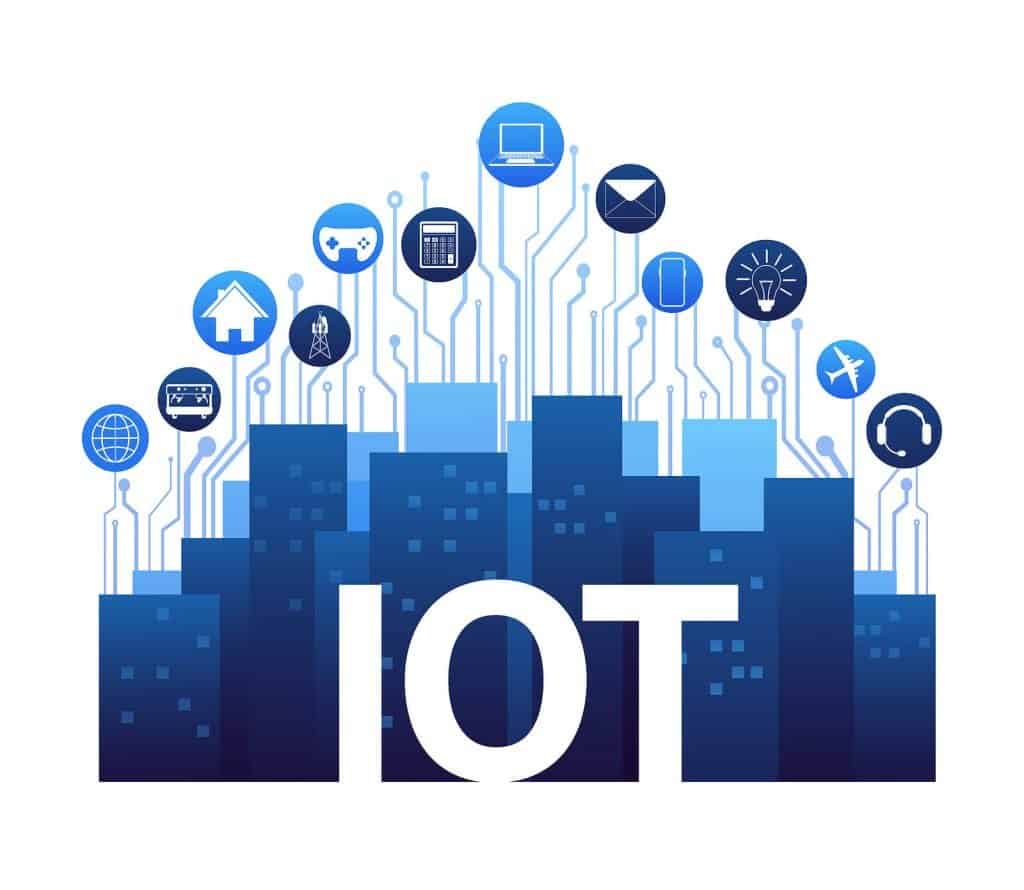How can you take action to improve Internet of Things (IoT) accountability on your network? IoT accountability is all about ensuring strong cybersecurity and high network visibility. There are a few core steps you can take to improve these features on your network and keep your IoT devices secure.
Table of Contents
Toggle1. Implement Automated Monitoring
Visibility is crucial for accountability. IoT devices are highly connected but often lack robust native monitoring features. This makes it difficult for you to tell what data your IoT devices are collecting and where it’s going.
One of the biggest challenges with monitoring an IoT network is the sheer amount of data IoT devices collect and transmit. Manually tracking all of this information is expensive, complicated and time-consuming. A monitoring platform allows you to efficiently keep an eye on all IoT activity.
Software-based platforms are the most common type of IoT monitoring solution. They act as a hub for all IoT activity, giving you a convenient at-a-glance overview while autonomously analyzing activity through pattern recognition. There are a few features to look for in any IoT monitoring platform, including remote monitoring capabilities and security alerts.
It may also be helpful to conduct a full assessment of your IoT network. Map out all of your IoT devices, the type of data they are collecting and where that data is getting stored. Investigate each device’s security settings, as well. You may find that some devices are sending data to multiple servers or still running on default passwords and security settings.
2. Utilize IoT Standards
IoT standards are invaluable today. These rulesets are comprehensive guides for improving your IoT network and ensuring strong accountability. Virtually all IoT devices use one or more communications or networking protocols, such as Bluetooth or Zigbee. Additional standards, particularly security frameworks, can go a long way toward building accountability on top of basic functionality.
For example, the NIST has a cybersecurity guidance program specifically for IoT. It includes tips, standards and best practices for implementing IoT securely and ensuring transparency and data protection.
Frameworks like this are designed by teams of industry experts. They’re often free to use, as well, and programs like the NIST’s framework have large communities of industry professionals you can connect and collaborate with.
3. Invest in IoT Cybersecurity
Cybersecurity remains a major concern for IoT devices. Unfortunately, many IoT devices have weak security protocols out of the box. They’re also heavily targeted by hackers, particularly in botnet attacks. This is why improving IoT accountability is crucial. Devices infected with botnet malware can go unnoticed for months at a time, all while a hacker has the ability to hijack those devices and use them in large-scale cyber attacks.
So, investing in resilient IoT cybersecurity measures is crucial. Implementing automated monitoring is a good first step. High visibility improves the likelihood of spotting abnormal behavior that can indicate potential security breaches. You can take more proactive measures to prevent attacks on your IoT devices, though.
For example, utilizing remote security monitoring in conjunction with collaboration between IT and operational technology teams is a smart idea. With remote monitoring, you and your whole IT/OT team can rest assured you are always in the loop about any urgent security issues or alerts with your IoT devices.
It is also vital to update the default security settings on all of your IoT devices. One of the most common tactics hackers use to compromise IoT devices is abusing weak default security protocols and passwords set by the manufacturer.
These out-of-the-box settings are not intended for long-term use or strong security. Hackers can readily obtain many of the most common default passwords manufacturers use. So, always change device passwords and update every device to the latest firmware and security patches.
Finally, it is a good idea to utilize network segmentation. This involves splitting a wireless network into isolated segments to prevent unauthorized movement throughout the network. You can isolate all of your IoT devices on their own segment so they are effectively quarantined in the event of a breach. Network segmentation also allows you to customize the security protocols for your IoT devices without putting excessive protections on employee network activity.
4. Run Employee Training Programs
Employees play a central role in ensuring IoT networks are transparent and accountable. After all, they are the people most commonly accessing and utilizing IoT data. Unfortunately, employees are often targeted by hackers in phishing attacks and may unintentionally pose accountability risks without the proper guidance.
You need to make sure your employees or co-workers have the tools to support good accountability, transparency and security. Many people today simply don’t know much about how IoT devices work, so training is often a great idea.
For instance, you can use on-the-job training or mentoring to teach employees more about IoT without taking a big chunk of time out of their day. Convenience and open dialogue are key to success in skills training programs. So, create opportunities for employees to ask questions about IoT devices if they come up throughout the day.
Make sure everyone understands why your business is using IoT, as well. Give them actionable tips for supporting accountability and security. For example, you can encourage the use of a password manager to help protect sensitive IoT data from unauthorized access. Similarly, offer training on identifying phishing messages to empower employees to improve security on their own.
With technical and security knowledge, employees can take steps to make sure they are using IoT data wisely and supporting effective reporting and access control.
Building IoT Accountability One Step at a Time
IoT accountability is all about ensuring data security, access control and effective use of IoT devices. You can improve the visibility and security of your IoT network by investing in monitoring, strong cybersecurity tools and employee training. IoT standards and security frameworks are also helpful in this process, offering expert-recommended best practices for improving IoT accountability and security
FAQ
A: IoT Accountability refers to the responsibility and transparency that businesses should uphold when implementing Internet of Things (IoT) technologies. It involves ensuring the secure and ethical use of IoT devices, data, and systems while being answerable for potential consequences.
A: By establishing IoT accountability, businesses can enhance customer trust, data security, and regulatory compliance. They can minimize the risks associated with IoT deployments, protect sensitive information, and maintain a positive reputation in the digital landscape.
A: Yes, these steps are designed to be adaptable across various business sizes and industries. Whether you’re a startup, a multinational corporation, or operate in healthcare, manufacturing, or retail, these steps can be tailored to fit your IoT accountability needs.
A: While some technical understanding might be helpful, these steps focus on practical strategies that can be implemented by business professionals with varying levels of technical expertise. They emphasize a holistic approach to accountability that includes policies, training, and risk assessment.
A: While IoT security focuses on protecting devices from unauthorized access, these steps go beyond that by addressing the broader aspects of accountability. They encompass data handling practices, user consent, ethical considerations, and creating a comprehensive framework to guide IoT deployments..




